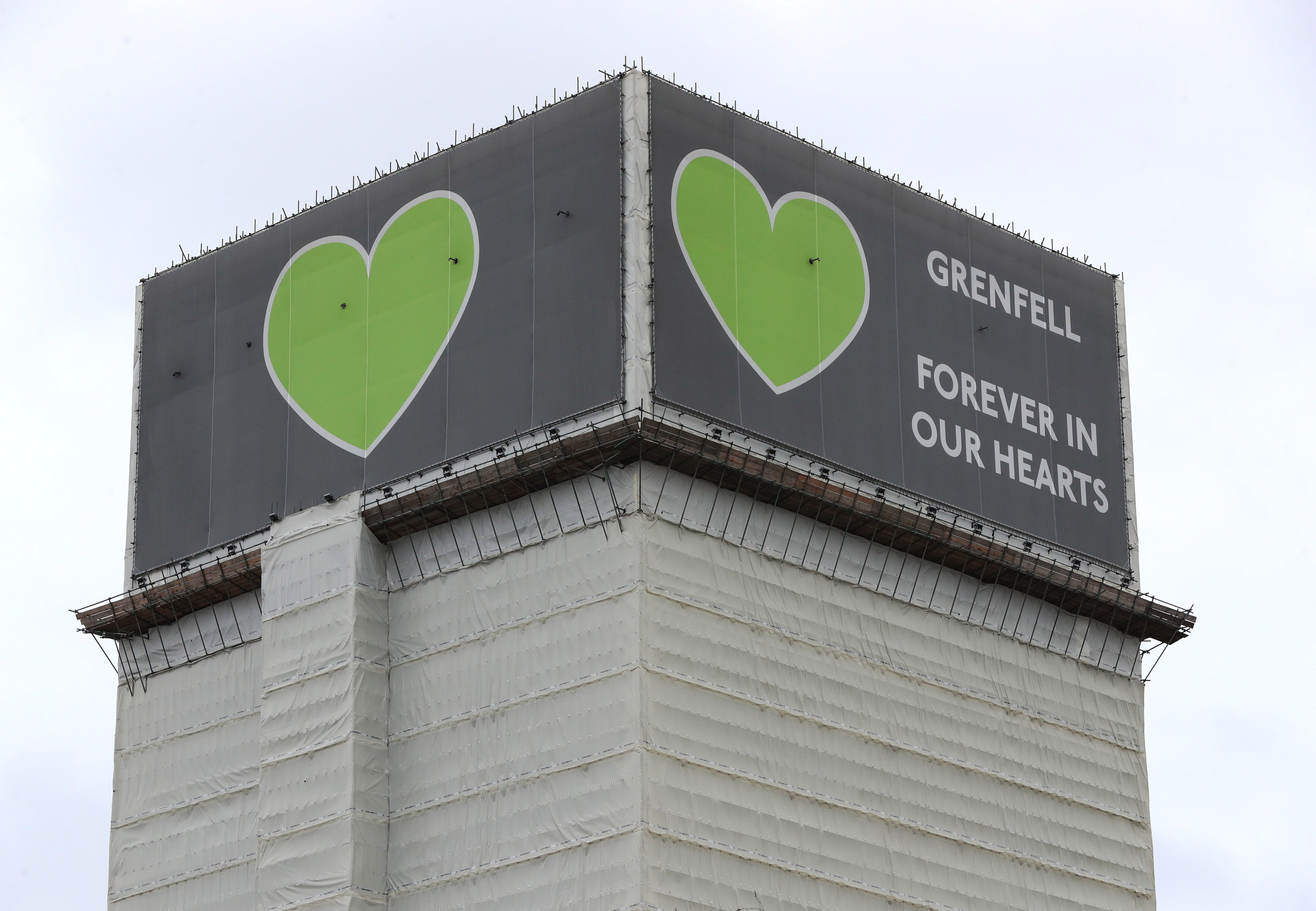Fire safety test used on Grenfell cladding kept due to ‘political motivations’
Dr David Crowder told the inquiry he did not support Class 0 as a fire safety test, but it was maintained due to ‘political motivations’.

Your support helps us to tell the story
From reproductive rights to climate change to Big Tech, The Independent is on the ground when the story is developing. Whether it's investigating the financials of Elon Musk's pro-Trump PAC or producing our latest documentary, 'The A Word', which shines a light on the American women fighting for reproductive rights, we know how important it is to parse out the facts from the messaging.
At such a critical moment in US history, we need reporters on the ground. Your donation allows us to keep sending journalists to speak to both sides of the story.
The Independent is trusted by Americans across the entire political spectrum. And unlike many other quality news outlets, we choose not to lock Americans out of our reporting and analysis with paywalls. We believe quality journalism should be available to everyone, paid for by those who can afford it.
Your support makes all the difference.A fire safety test used on materials in Grenfell Tower was kept due to “political motivations” despite not being “the ideal tool”, an inquiry has heard.
The Reynobond ACM PE cladding panels used in Grenfell Tower were given a Class 0 rating by the British Board of Agrement (BBA) in 2008.
The rating was used to determine “limited combustibility” in building products.
However, the Reynobond ACM PE cladding panels made up part of the tower’s external cladding system, which was combustible and found to be a key factor in the fire’s rapid spread by acting as a source of fuel.
Dr David Crowder, formerly head of fire investigation and expert witness services at building consultants BRE said he did not support class 0 as a fire safety test, but it was maintained due to “political motivations”.
“I don’t support class 0 as a test”, he told the inquiry.
“I understand that there are political motivations as to why it was maintained. But those are political, they are not technical.”
In the first phase of the inquiry into the fire, expert witness Jonathan Sakula’s report explained that the tower’s Reynobond ACM PE cladding panels featured a polyethylene (PE) core sandwiched between aluminium composite material (ACM) panels.
According to Mr Sakula’s report, a Class 0 rating only covered testing of the external surface of cladding and not its core.
Dr Crowder was asked if he ever made his position on Class 0 clear to the Government
He said he had asked a Government official about it around 2008, and the person he had spoken to was “probably” Brian Martin.
Mr Martin was the official in charge of fire safety building regulations at what was then known as the Ministry of Housing Communities and Local Government (MHCLG).
“I remember asking the question, probably of Brian Martin, and being told it’s part of the side-by-side application of the harmonised European standards and the old national standards and there was a desire to discontinue reliance upon Class 0 at some point in the future.
“But I remember being told that there were industry interests, products that were on the market as a result of achieving class 0 that would cease to be on the market if Class 0 ceased to be a viable option.
“I was not privy to what was going on. I remember being told that it is a thing which is understood as being a weakness, but it is not something which will continue in perpetuity as part of this transition.
“But ultimately the transition never concluded in the proper way.”
Dr Crowder told the inquiry that his main concern with the Class 0 test was that it did not deal “very well” with the behaviour of composite material.
“My principle concern was that it does not deal with composite behaviour very well,” he said.
He was asked when he had this conversation with Mr Martin.
Dr Crowder said it was “probably fairly early” in his career, some time “around 2008”.
“There was a recognition, that was my understanding, that class 0 wasn’t the ideal tool in the box but that it was not going to be there forever”, he said.
He was asked if he raised his concerns with Class 0 with Mr Martin again.
“No, but by then the writing was on the wall in terms of advances in fire safety and research and things not being changed in the approved documents unless you could find things to delete”, he said.
“So I knew it was not going to be a fruitful line of inquiry.”
He added that there was a “shared understanding” between himself and Mr Martin that the Class 0 test would eventually cease to be used.
“There was a shared understanding that Class 0 it is what it is and it’s not ideal, and ultimately it will come to an end,” he said.
However, the use of Class 0 continued to be extended amid what he described as a “decline” in fire safety.
“But that end got extended and extended, and Government, not Brian Martin but people he reported to, were not in listening mode,” he said.
“Fire safety was very much in decline at this point, I would suggest.”